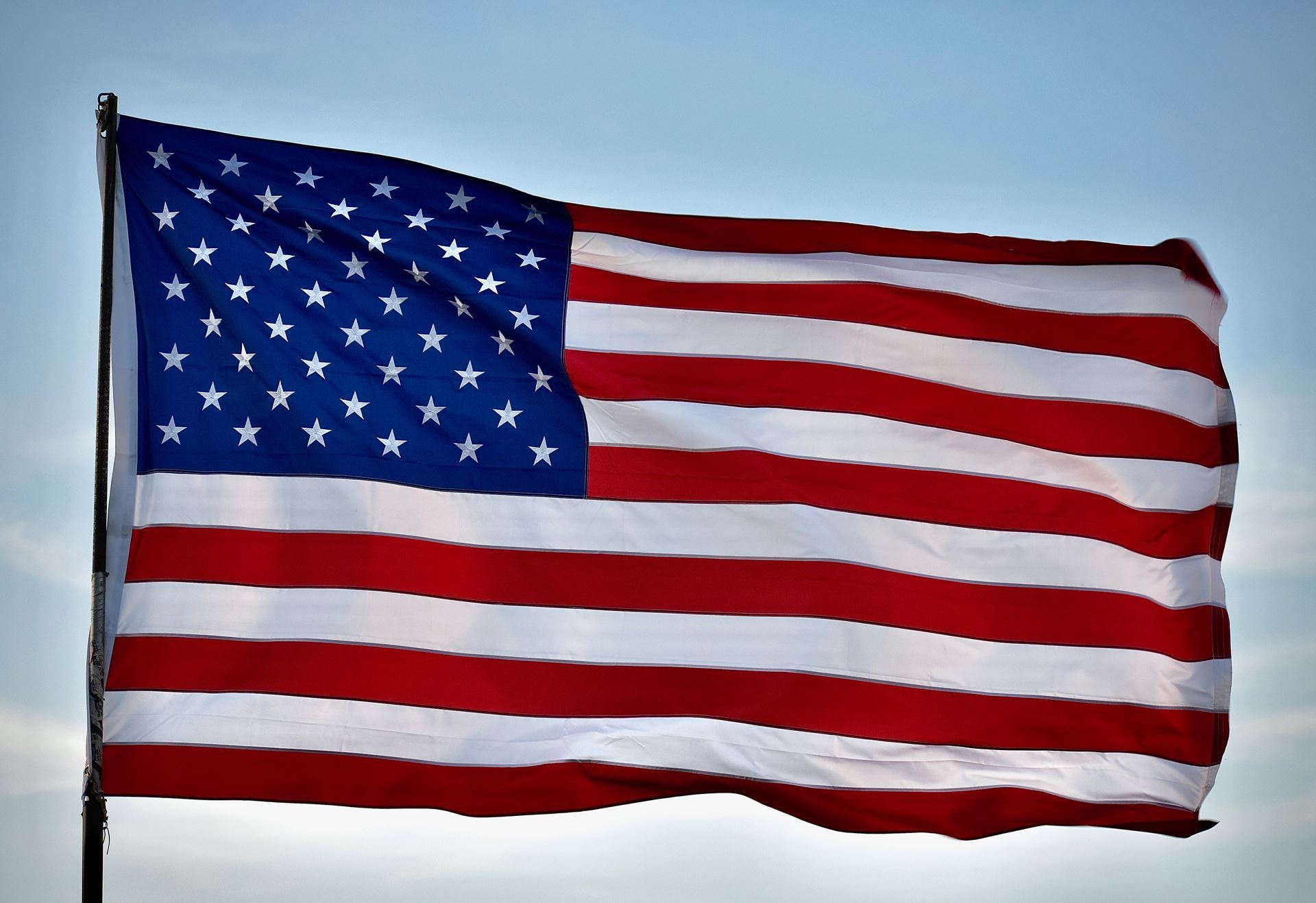
What is Flag Day?
When the American Revolution broke out in 1775, the colonists weren’t fighting united under a single flag. Instead, most regiments participating in the war for independence against the British fought under their own flags. In June of 1775, the Second Continental Congress met in Philadelphia to create the Continental Army—a unified colonial fighting force—with the hopes of a more organized battle against its colonial oppressors. This led to the creation of what was, essentially, the first “American” flag, the Continental Colors.
For some, this flag, which was comprised of 13 red and white alternating stripes and a Union Jack in the corner, was too similar to that of the British. George Washington soon realized that flying a flag that was even remotely close to the British flag was not a great confidence-builder for the revolutionary effort, so he turned his efforts towards creating a new symbol of freedom for the soon-to-be fledgling nation.
On June 14, 1777, the Second Continental Congress took a break from writing the Articles of Confederation and passed a resolution stating that “the flag of the United States be 13 stripes, alternate red and white,” and that “the union be 13 stars, white in a blue field, representing a new constellation.”
Over 100 years later, in 1916, President Woodrow Wilson marked the anniversary of that decree by officially establishing June 14 as Flag Day.
![]() The Fundamental Rule of Flag Etiquette: Treat all flags with respect and common sense. Below is a great reminder from Valley Forge of the basics of flag etiquette.
The Fundamental Rule of Flag Etiquette: Treat all flags with respect and common sense. Below is a great reminder from Valley Forge of the basics of flag etiquette.
![]()
- The U.S. flag takes precedence over all other flags when flown within the United States. It should not be flown lower than another flag nor should it be smaller than another flag flown with it. Other flags may, however, be flown at the same height and in the same size. Other national flags should not be smaller or flown lower than the U.S. flag when displayed together. If it is not possible to display two or more national flags at the same height, it is not proper to display them together at all.
- The point of honor is on the extreme left from the standpoint of the observer (the flag’s right). The order from left to right of flags flown together is: U.S. flag, other national flags in alphabetical order, state flags, county and city flags, organizational flags and personal flags.
- It is not illegal or improper to fly any flag (state, ethnic group, organization, etc.) alone but it is always preferable to display the U.S. flag at the same time.
- If one flag is at half-staff in mourning, other flags flown with it should be at half-staff. First raise the flags to their peaks, than lower to half-staff. The U.S. flag is raised first and lowered last.
- It is proper to fly the U.S. flag at night, but only if it is spotlighted.
- In a public gathering (lecture hall, church, etc.) the U.S. flag should be to the right of the speakers or on the wall behind them.
- The U.S. flag should be in the center of a group of flags only when the center pole is taller than the others or when a fan-like arrangement makes the center pole higher than others.
- Displaying the flag with the canton on the left (canton is the blue field with the 50 stars): the canton of the flag should always be to the observers left. Over a street - when the U.S. flag is displayed other than from a staff, it should be displayed flat or suspended so its folds fall free. When displayed over a street, place the union so it faces north or east, depending on the direction of the street.
- Displaying a flag on a wall: when displayed either horizontally or vertically against a wall, the union should be uppermost and to the flag’s own right, that is to the observer's left. In a window, the union should be to flag’s right when viewed from outside.
- Displaying the flag with the canton on the right (canton is the blue field with the 50 stars): display the canton facing right when displayed as a decal on the right side of a vehicle (bus, truck, plane, etc.) or when worn as a patch on the right arm (but use on left arm is preferable).
- A salute (hand over heart for those not in uniform) should be rendered when the flag is raised, lowered, or carried by on parade; or when the Pledge of Allegiance is played (unless the flag is not present).
- The American flag, or ensign, on any U.S. boat should be flown at the stern. But if the boat is equipped with a mast and gaff, the flag should be flown from the peak of the gaff.
- Never drape a boat with the American flag.
- Never display the American flag while racing.
- Only fly the flag at half-mast in compliance with the president's or governor's orders.
Photo by Cristina Glebova on Unsplash